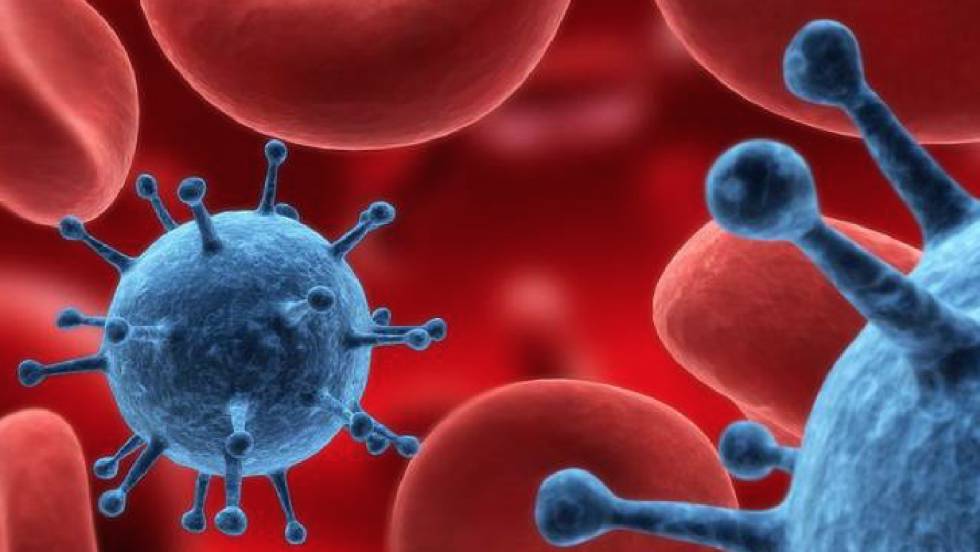ADDISON’S DISEASE
( Synonym)ADRENAL INSUFFIENCY
CAUSES:
1.primary- Defect in adrenal gland itself
Secondary-secondary
to pituitary defect
Primary
1.infection-TB
2.immunological-auto immune adrenalitis
3.infiltration-amyloid,fungal,malignant,hemochromatosis
4.infarction or hemorrhage-meningococcal
5.Abalation-surgical
6.secondaries in adrenal-metastatic invasion
7.syphilis
8.AIDS
Adrenalin insufficiency occurs when more than90% of
the gland is destroyed
Secondary adrenal insufficiency
Hypopituitarism
Hypothalamic disease
Withdrawal of chronic steroid therapy causing
suppression of hypothalamic pituitary axis
CLINICAL PICTURES
Due to 1.cortisol deficiency and 2.aldosterone
deficiency both put together
3
main features of Adrenal dificiency
1.hypotension
2.hyperpigmentation of skin& mucosa
3.Severe asthenia
Asthenia
or severe lassitude is a non specific symptom but is common and marked.
Hypotension
Mechanism:
Loss of water and potassium(lack of aldosterone) +
Lack of cortisol which has vaso constrictor or
pressor effect.
Hypotension-systolic BP is less than100mmof Hg
This is orthostatic hypotension-evident on standing
postion not evident while lying down.
Patient c/o giddiness on standing.
Hyperpigmentation
Very characteristic.
It affects skin and buccal mucosa
Skin-over pressure points,creases,scars,knukles, elbow,
knee, waist, over the exposed areas.
Already pigmented areas are more pigmented
Pigmentation is due to excess secretion of Melanocyte
stimulating hormone by the pituitary
This along with ACTH
Pigmentation is absent in secondary adrenaline
insufficiency
Mucosal
pigmentation
Prominent over buccal mucosa and anterior aspect of
gum.
Timing
In some cases pigmentation may preced other features
by many years Hyperpigmentation may not be present in some cases..
Vitiligo
may
occur in some cases-usually associated with autoimmune adrenalitis.
Severe Asthenia
Other vague complaints are
1.G.I.Tract- nausea,vomiting,diahrrea,anorexia
2.loss of hair in axilla &pubis in females
because of loss of adrenergic steroids.
3.Auto immune damage to ovaries/testis-impotence,loss
of libido
4.Hypoglycemia related to reduced cortisol which
coverts glycogen to glucose.
(cortisol is diabetogenic)
5.Mental symptoms like confusion, irritability, lethargy
6.Intolerence to stress;
In stress patient cannot increase the cortisol
output.
So acute exacerbation of symptoms occur with life
threatening vascular collapse.
Aldosterone deficiency
1.sodium loss- results from reduced aldosterone mediated absorbtion of Na &water consequence-hypovolemia,hypotension,fall
in renal flow &uremia
2.Potassium retension- hyper kalemia and ecg chnges
and arrhythmias.
Diagnostic features
1.Hypotension
Hyper pigmentation
Differentials for hyperpigmentation
Pellagra
Malnutrition
Malignancy,irradiation
Drug induced
Thyrotoxicosis
Crohns disease
Ochronosis
Hemochromotosis
Acanthosis nigricans
Arsenic poisoning
Peutz jeghaers syndrome-(intestinal polyposis)
INVESTIGATIONS
Measure levels of Na,K,ACTH and cortisol
4 important investigations
1.low sodium and chloride levels in blood and hyperkalemia
2.slow excretion of water load
3.low to absent 24 hrs 17 oh ketosteroids
4. ACTH
stimulation test :poor response to IM injection of corticotrophin
(Tip- all low and slow except hyper kalemia)Water
load
If
water load is given there is failure to excretit.butdiagnostic
value of this test is limited.
ACTH test
ACTH in dose of 25-50 mg is given IV over 8hrs 24 hr
urinary excretion of 17-Oh ketosteroids is measured a) the day before the
infusion b0 the day after infusion
Similarly serum cortisone level also is measured
before and after infusion
Normal response is
3-5 fold rise in urinary corticosteroids
If level remains low throughout –primary
If cortisol is low initially but shows delayed
rise-Pituitary cause.
5.Other investigations
ChestXray,(to detect evidence of TB)CT abdomen
Adrenalin antibodies
TREATMENT
Gluco corticoid replacement is needed inall patients
Cortisol (Hydrocortisone) is given ,not
cortisone,because cortisone is to be converted to active cortisol in the body and its absorption is
poor.
Minerelo corticoids need not be replaced in all.
Indication for replacement:
Low sodium,potassium,low BP.
Drug of choice –Fludrocortisone0.05to2mg.
NOTE:
Synthetic glucoteroids like
predisolone,prednisone,dexamethasone triamcinalone are not substitute
forCortisol because their salt retaining power is poor.
Acute addisonian crisis
Clinically:
Collapse with hypotension
Mental symptoms
Vomiting
Abdominal pain
Cause: untreated patient, stress like
infection,trauma,surgerry
or if cortisol level is not raised in acute stress
Treatment of crisis:
IV cortisol
IV saline
Mineralo corticoids.
Mnemonics forAddison’s disease Clinical picture
A-Asthenia
D-dark
skin-Hyper pigmentation
D-de
pigmentation(vitiligo)Absent in secondary)
I-Intestinal
symptoms
S-salt
depletion(hyponatremia)
O-orthostatic
hypotension
N-neuro
psychiatric manifestation
MNEMONIC FOR CAUSES
IAS
I-infection,,infiltration,immunological,invasion,infarction,iotrogenic
A-ablation-surgical
S-syphilis,AIDS
===================






